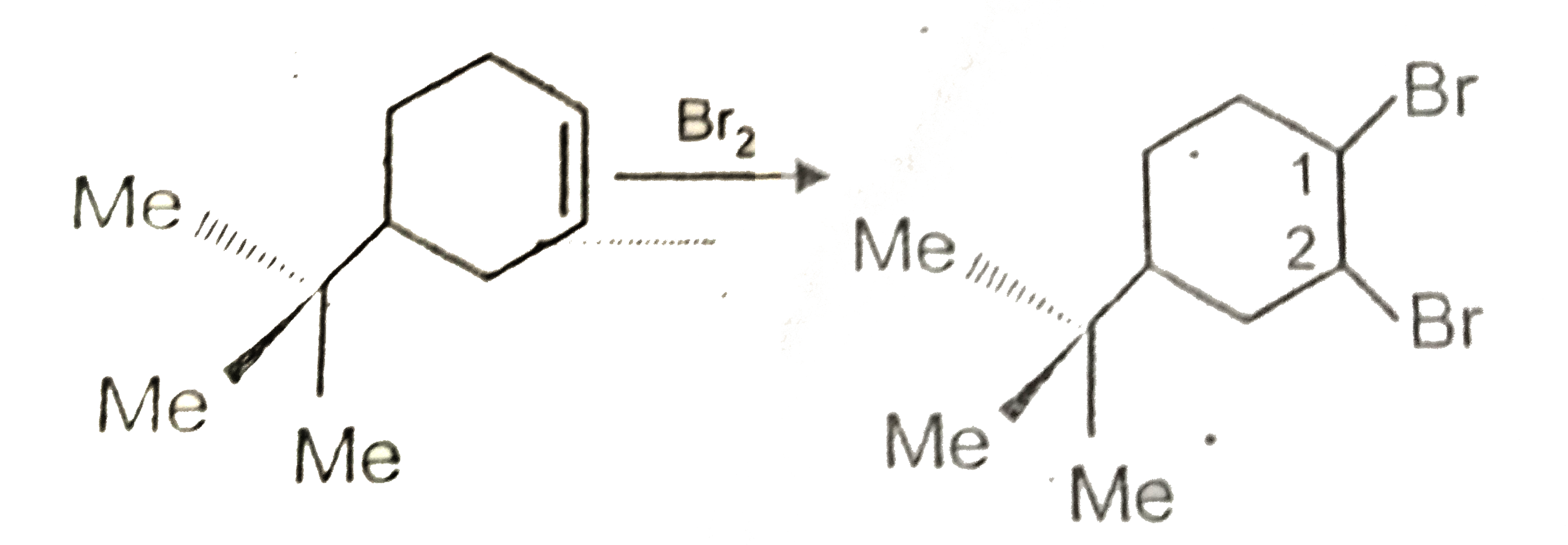Earthworm is
1)Monoecious
2)
Protandrous
3)
Unisexual
4)
Both 1 and 2
Monoecious
Protandrous
Unisexual
Both 1 and 2
The correct Answer is:D
To answer the question regarding the reproductive characteristics of the earthworm, we will analyze each option step by step.
Step 1: Understanding "Monoecious"
- Definition: The term "monoecious" refers to organisms that possess both male and female reproductive organs within the same individual. This means that a monoecious organism can produce both male and female gametes.
- Application to Earthworm: Earthworms are indeed monoecious because they contain both male and female reproductive organs.
Step 2: Understanding "Protandrous"
- Definition: "Protandrous" describes a type of hermaphroditism where the male reproductive organs mature before the female reproductive organs. This ensures that self-fertilization does not occur, promoting cross-fertilization.
- Application to Earthworm: In earthworms, the male gametes mature before the female gametes, making them protandrous.
Step 3: Understanding "Unisexual"
- Definition: "Unisexual" refers to organisms that have either male or female reproductive organs, but not both. This means that unisexual organisms can only produce one type of gamete.
- Application to Earthworm: Earthworms are not unisexual; they have both male and female reproductive organs.
Step 4: Evaluating the Options
- Option 1: Monoecious - Correct, as earthworms are hermaphrodites.
- Option 2: Protandrous - Correct, as male gametes mature before female gametes in earthworms.
- Option 3: Unisexual - Incorrect, as earthworms possess both male and female reproductive organs.
- Option 4: Both 1 and 2 - Correct, as both statements about earthworms being monoecious and protandrous are true.
Conclusion
The correct answer to the question is Option 4: Both 1 and 2.
---
- Definition: The term "monoecious" refers to organisms that possess both male and female reproductive organs within the same individual. This means that a monoecious organism can produce both male and female gametes.
- Application to Earthworm: Earthworms are indeed monoecious because they contain both male and female reproductive organs.
- Definition: "Protandrous" describes a type of hermaphroditism where the male reproductive organs mature before the female reproductive organs. This ensures that self-fertilization does not occur, promoting cross-fertilization.
- Application to Earthworm: In earthworms, the male gametes mature before the female gametes, making them protandrous.
- Definition: "Unisexual" refers to organisms that have either male or female reproductive organs, but not both. This means that unisexual organisms can only produce one type of gamete.
- Application to Earthworm: Earthworms are not unisexual; they have both male and female reproductive organs.
- Option 1: Monoecious - Correct, as earthworms are hermaphrodites.
- Option 2: Protandrous - Correct, as male gametes mature before female gametes in earthworms.
- Option 3: Unisexual - Incorrect, as earthworms possess both male and female reproductive organs.
- Option 4: Both 1 and 2 - Correct, as both statements about earthworms being monoecious and protandrous are true.
The correct answer to the question is Option 4: Both 1 and 2.
Topper's Solved these Questions
- BOOK - AAKASH INSTITUTE ENGLISHCHAPTER - STRUCTURAL ORGANISATION IN ANIMALS (CONTD . . .) (ANIMAL MORPHOLOGY)EXERCISE - Exercise30videos
STRUCTURAL ORGANISATION IN ANIMALS (CONTD . . .) (ANIMAL MORPHOLOGY)
- BOOK - AAKASH INSTITUTE ENGLISHCHAPTER - STRUCTURAL ORGANISATION IN ANIMALS (CONTD . . .) (ANIMAL MORPHOLOGY)EXERCISE - Assignment (Section-A)40videos
STRUCTURAL ORGANISATION IN ANIMALS (CONTD . . .) (ANIMAL MORPHOLOGY)
- BOOK - AAKASH INSTITUTE ENGLISHCHAPTER - STRUCTURAL ORGANISATION IN ANIMALS (CONTD . . .) (ANIMAL MORPHOLOGY)EXERCISE - Assignment (Section-D)10videos
STRUCTURAL ORGANISATION IN ANIMALS (CONTD . . .) (ANIMAL MORPHOLOGY)
- BOOK - AAKASH INSTITUTE ENGLISHCHAPTER - STRUCTURAL ORGANISATION IN ANIMALS ( ANIMAL TISSUES ) EXERCISE - Assignment (Section-D)20videos
STRUCTURAL ORGANISATION IN ANIMALS ( ANIMAL TISSUES )
- BOOK - AAKASH INSTITUTE ENGLISHCHAPTER - TEST 1EXERCISE - Examplle19videos
TEST 1
Similar Questions
Knowledge Check
- Question 1 - Select One
Read the following statements and select the correct option.
Statement 1 : Unisexual flowers are either staminate flowers or pistillate flowers.
Statement 2: Both monoeious and dioeious plants have unisexual flowers.ABoth statements 1 and 2 are correct.BStatement 1 is correct but statement 2 is incorrect.CStatement 1 is incorrect but statement 2 is correct.DBoth statements 1 and 2 are incorrect.
Motile, bi-flagellated antherozoids are found in
1 Anthoceros
2 Pinus
3 Selaginella
4 Both (1) and ( 3)View SolutionConsider the following statements and mark them as true/false
I. Homothallic or monoecious represents the bisexual condition, e.g.coconut.
II. Heterothallic or dioecious represents the unisexual condition, e.g. date plam.
III. Earthworm and leech are hermaphrodites.
IV. Chara and Marchantia are monoecious plants.
Choose the correct codes.View SolutionWhich of the following does not occur in earthworm?
1)Self-fertilisation
2) Cross-fertilisation
3) Copulation
4) Cocoon formationView SolutionIn the reaction given below , the orientation of two bromine substituents in the product is

(1) Equitorial at both C-1 and C-2
(2) Axial at both C-1 and C-2
(3 ) Equitorial at C-1 and axial at C-2
(4) Axial at C-1 and equitorial at C-2View SolutionConjoint , collateral vascular bundles are found in :-
(1) Stems
(2) Leaves
(3) Roots
(4) Both (1) & (2)View Solutionwhich of the following proteolytic enzyme is not a part of success entericus ?
1)erepsin
2) Dipeptidases
3) carboxypeptidase
4) Both (1) & (2)View SolutionIf A=⎡⎢⎣2−2−4−1341−2−3⎤⎥⎦ then A is 1) an idempotent matrix 2) nilpotent matrix 3) involutary 4) orthogonal matrix
View Solution

